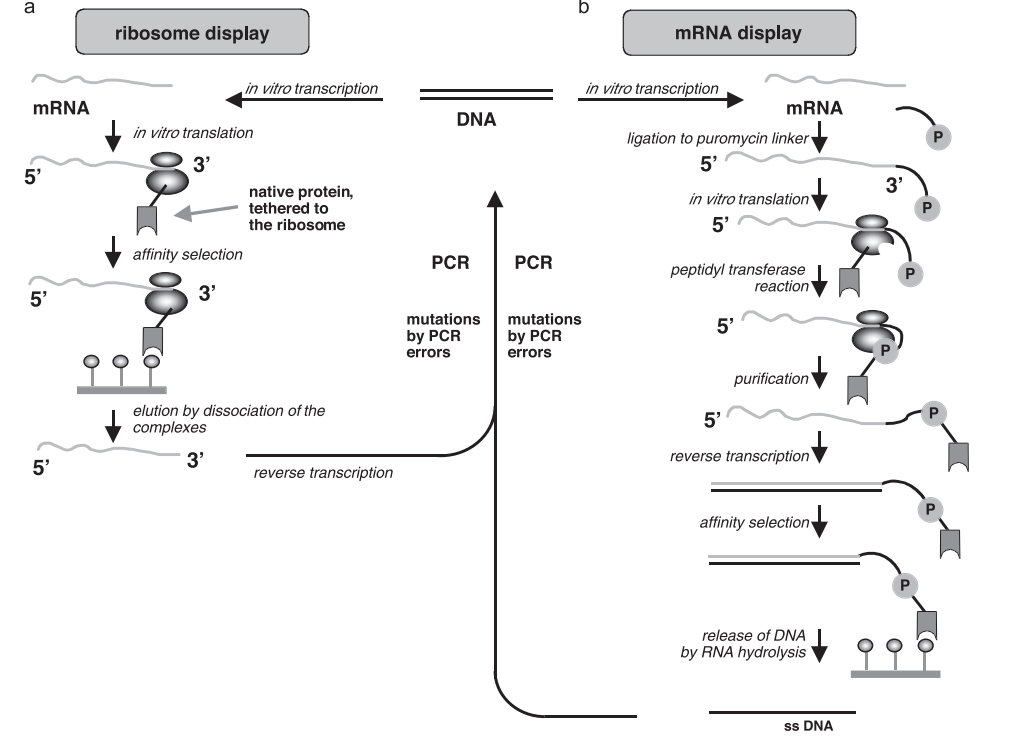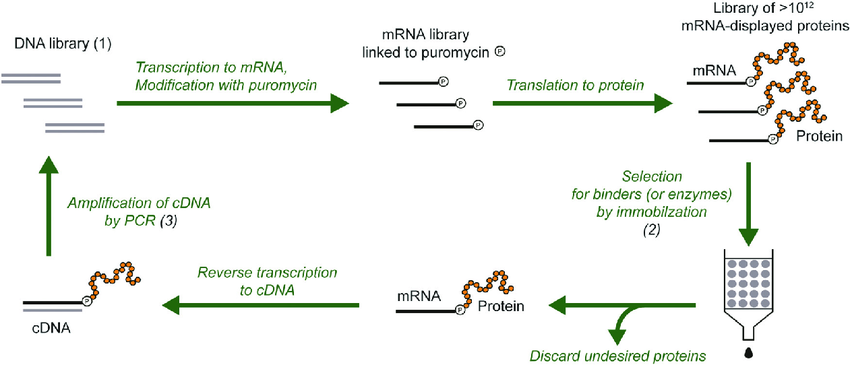CRISPR technology has become the focus of the biotechnology field in recent years, and it has revolutionized the landscape of genetic engineering with its precise, fast and efficient gene editing capabilities. As a revolutionary tool, CRISPR (Clustered Regularly Interspaced Short Palindromic Repeats) technology has not only accelerated the development of genetic research, but also demonstrated great potential in various fields such as synthetic biology, disease treatment, and agricultural biotechnology. In this article, we will explore the principles of CRISPR, its core tool, the CRISPR-Cas9 system, and how it is widely used in synthetic biology.
1. Principles and development of CRISPR DNA editing
CRISPR technology was originally derived from the innate immune system of bacteria and archaea, which use the CRISPR-Cas system to defend against foreign viral DNA. In this system, the Cas9 protein is a nuclease that is able to cleave DNA at specific sites. The gRNA (guide RNA) guides Cas9 to pinpoint the target gene.
The rapid development of CRISPR technology is due to its simplicity and flexibility. Against the backdrop of traditional gene editing technologies such as TALENs, which are relatively complex and expensive, CRISPR is rapidly emerging with low cost and high efficiency. By designing specific gRNAs, researchers can precisely edit an organism’s genome to alter the organism’s genetic code.

CRISPR/Cas9 genome editing system(Y Cui, et al.,2018)
2. CRISPR-Cas9 system: a tool to revolutionize gene editing
The CRISPR-Cas9 system is currently the most widely used CRISPR technology tool. The way it works is relatively simple: first, the gRNA recognizes and binds to a specific sequence of the target DNA. The Cas9 protein is then cleaved at this location. This cleavage triggers the cell’s natural repair mechanism, which allows scientists to insert, delete, or modify genes through non-homologous end joining (NHEJ) or homology-directed repair (HDR).
Different types of Cas protein systems have also been developed for a variety of applications. For example, Cas12 and Cas13 have their own advantages in DNA and RNA editing, which provides more tools and possibilities for gene editing. In the field of synthetic biology, these technological tools have greatly accelerated the progress of bioengineering.
Related Services
Livestock and Poultry Genome CRISPR Knockout Libraries
CRISPR-based gene editing services
CRISPR Library Construction Service
CRISPR/Cas9 Off-target Screening Service
CRISPR Screening for Drug Development
CRISPR/Cas9 Knockout Libraries
3. CRISPR Screen: High-throughput gene function studies
CRISPR screen is an efficient genomic screening technology that allows scientists to study the function of thousands of genes simultaneously. In the CRISPR screen, researchers can use the CRISPR-Cas9 system to knock out or knock in a large number of genes, and then identify genes that affect specific functions or characteristics by screening the behavior or phenotype of the organism.
This technology has important applications in cancer research, immunology, and drug development. For example, CRISPR screen can help scientists discover genes that are resistant to specific drugs or identify potential therapeutic targets associated with diseases.
4. CRISPR Knock-in: A precision gene editing tool
CRISPR Knock-in is a method of inserting foreign DNA at a specific site via homology-directed repair (HDR). This technology allows precise modifications to the target gene, such as inserting a new gene or repairing a mutated gene.
In synthetic biology, CRISPR knock-in is widely used to construct new metabolic pathways or enhance specific functions. For example, scientists can knock out stress-resistant genes into crops’ genomes to improve their resistance to drought or disease. It can also be used to modify microorganisms to play a greater role in industrial production, such as the synthesis of valuable chemicals.
5. CRISPR Knockout: Functional Inactivation and Gene Studies
CRISPR Knockout technology studies the role of genes in organisms by disrupting their function. Using the cleavage function of the Cas9 enzyme, scientists can “knock out” a gene, even if it is not expressed properly, and then observe what happens to the organism when it is missing.
This technology provides scientists with a powerful tool to study gene function. By knocking out certain oncogenes, researchers can further understand the mechanisms by which cancer is formed, or by knocking out metabolically relevant genes, explore how to optimize an organism’s metabolic pathways for more efficient biosynthesis.
6. CRISPR Technology in Synthetic Biology: Endless Possibilities
Synthetic biology is the discipline of redesigning or constructing new biological systems through gene editing, metabolic engineering, and molecular design. The advent of CRISPR technology has brought unprecedented opportunities for synthetic biology. With CRISPR, scientists can precisely modify an organism’s genome, redesign cellular metabolic networks, and even create entirely new life forms.
For example, in microbial engineering, CRISPR is used to recombinant microorganisms to enable them to produce fuels, drugs, and food additives more efficiently. In agriculture, CRISPR technology has helped scientists develop more drought-tolerant, higher-yielding crops. And in the field of medicine, CRISPR holds great promise for the development of new gene therapies.
conclusion
CRISPR technology has revolutionized the landscape of gene editing and synthetic biology due to its simplicity, flexibility, and efficiency. From basic research to practical applications, CRISPR has shown its enormous potential. In the future, with the further development and optimization of technology, CRISPR will play a key role in more fields to promote the innovation and development of life sciences.









